Mastering Kitchen Garden Design for Optimal Yield
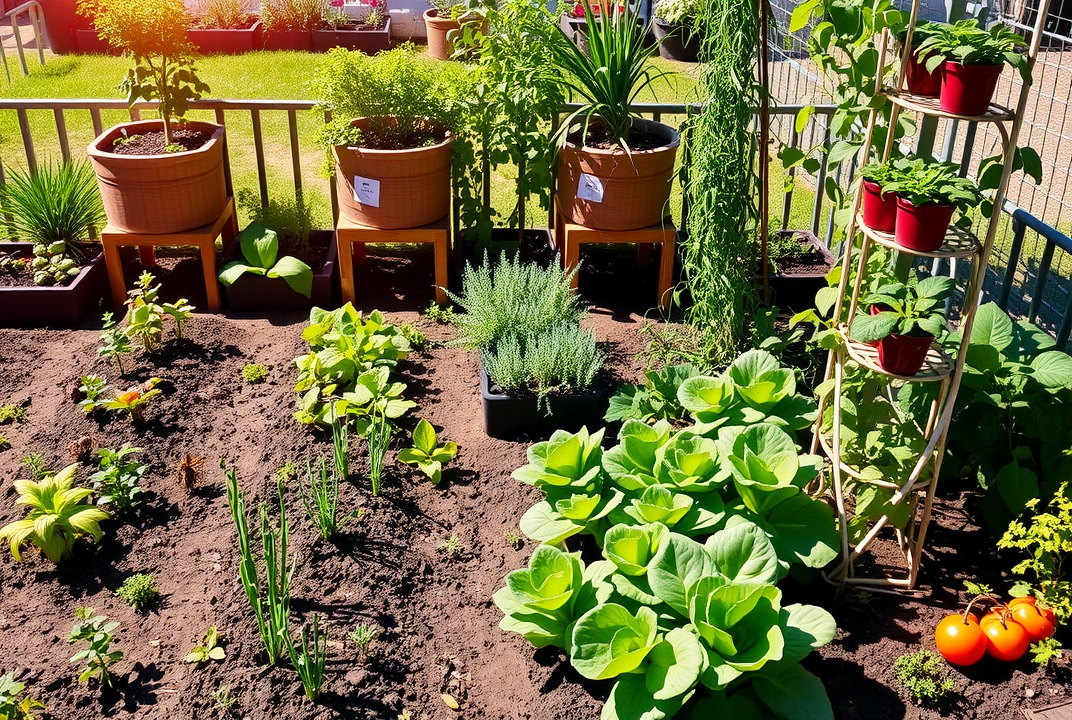
Introduction
Did you know that with strategic planning and innovative designs, a kitchen garden can yield up to twice the produce compared to traditional gardens? With the growing trend of sustainable living and urban farming, designing an efficient kitchen garden has become crucial. Whether you're looking to reduce your carbon footprint or enjoy fresh produce at home, understanding the principles of effective garden design ensures you maximize both space and yield.
In this comprehensive guide, we will explore essential elements of designing a kitchen garden with efficiency in mind. You will learn about site selection, soil management, plant choices, and advanced gardening techniques.
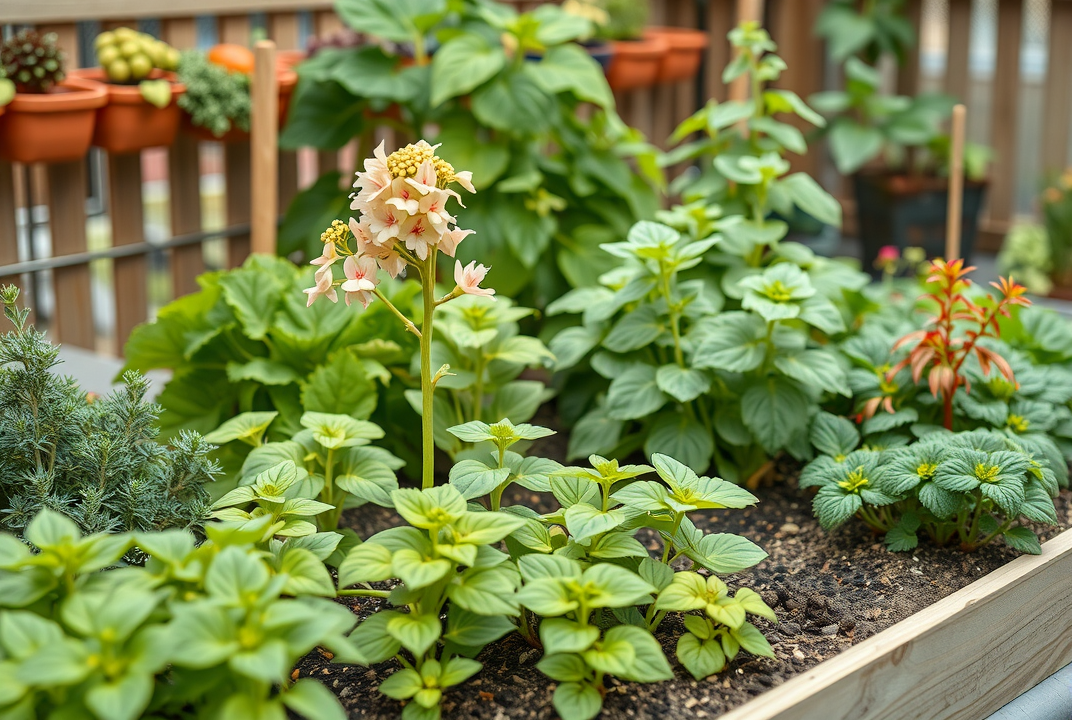
Site Selection and Layout
The foundation of any successful kitchen garden lies in its site selection and layout.
Location Matters
Choosing the right location is the first step in designing an efficient garden. Look for areas that receive at least 6-8 hours of sunlight daily. Sunlight is essential for photosynthesis, influencing plant health and yield.
-
Tip: Use a solar pathfinder to identify the best spot in your yard or balcony.
Optimal Layouts
Adopting an ergonomic layout enhances accessibility and maintenance. Consider these layouts:
-
Row Planting: Simple for large spaces, easy to maintain.
-
Raised Beds: Ideal for small areas, promotes better soil quality.
-
Square Foot Gardening: Maximizes limited space through intensive planting.
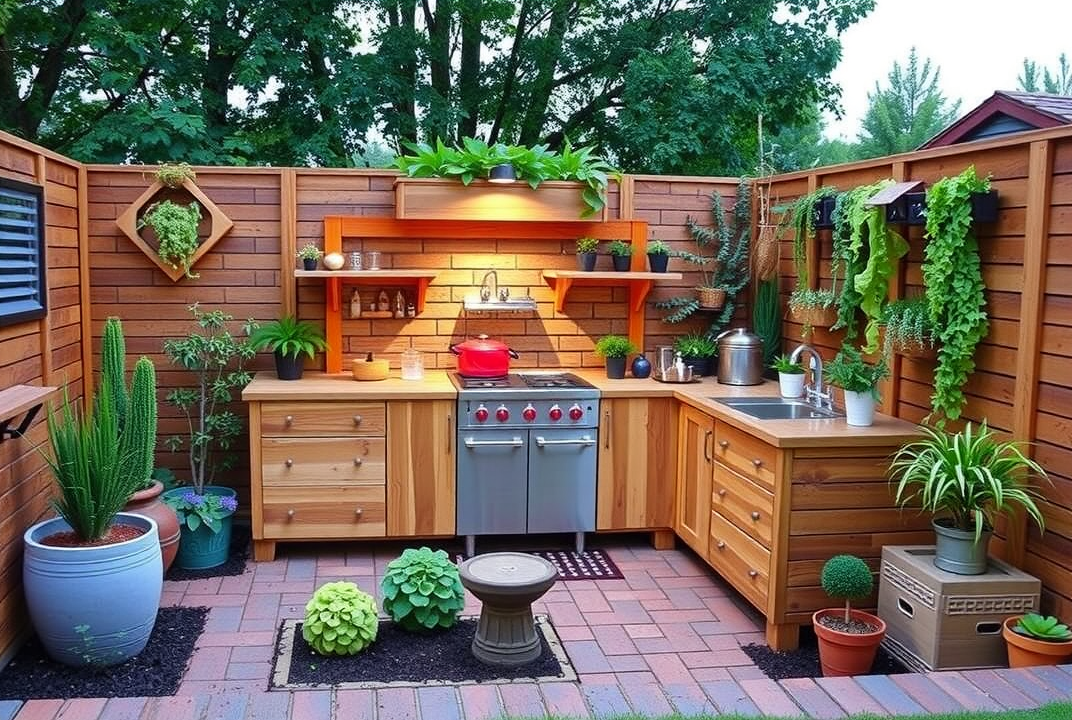
Expert Insight: "A thoughtful layout minimizes effort and maximizes yield." - Jane Doe, Urban Gardening Specialist
Soil Management for High Yield
A garden's success overwhelmingly depends on the quality of its soil.
Understanding Soil Composition
Healthy soil contains a balanced mix of sand, silt, clay, and organic matter, crucial for plant growth.
-
Test Your Soil: Use home kits or consult local extension services for soil analysis.
Enhancing Soil Quality
Improving soil quality leads to healthier plants:
-
Composting: Natural way to add nutrients. Start a compost bin for kitchen waste.
-
Crop Rotation: Prevents disease and maintains nutrient balance.
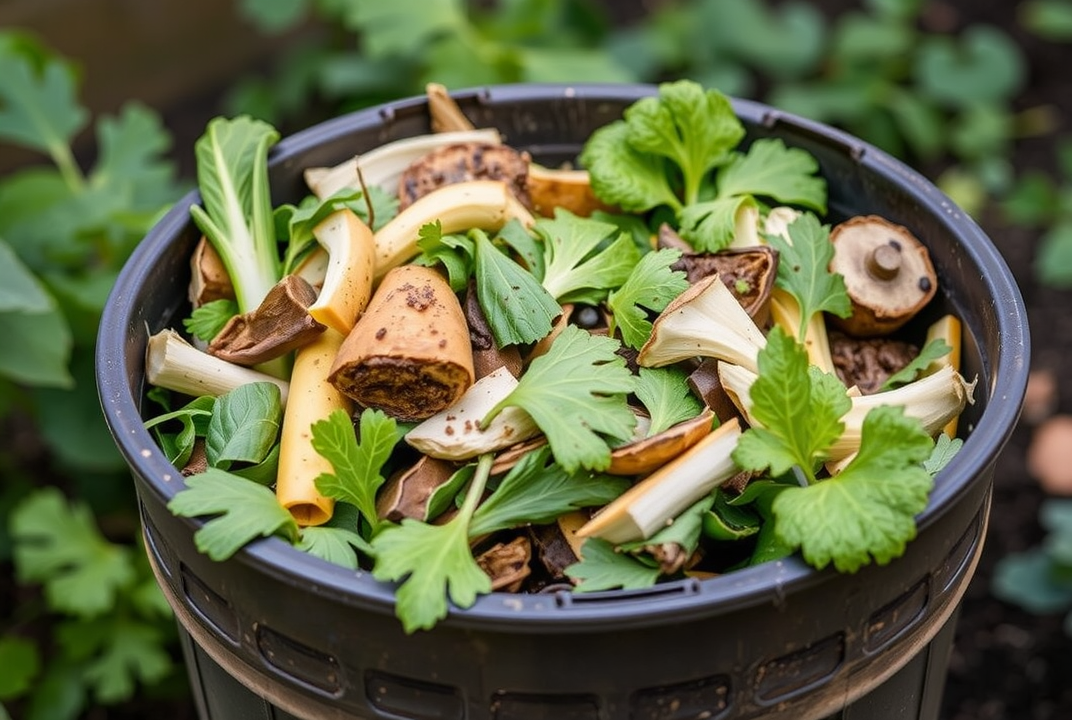
Quote: "The soil is a garden's lifeline. Nourish it well." – John Smith, Soil Scientist
Selecting the Right Plants
Choose plants that align with your climate, space, and taste preferences.
Climatic Considerations
Select crops suitable for your region and season:
-
Warm Weather Plants: Tomatoes, peppers, and squash.
-
Cool Weather Plants: Lettuce, kale, and peas.
Companion Planting
Utilize companion planting to enhance growth and deter pests.
-
Example: Plant basil near tomatoes for natural pest control.
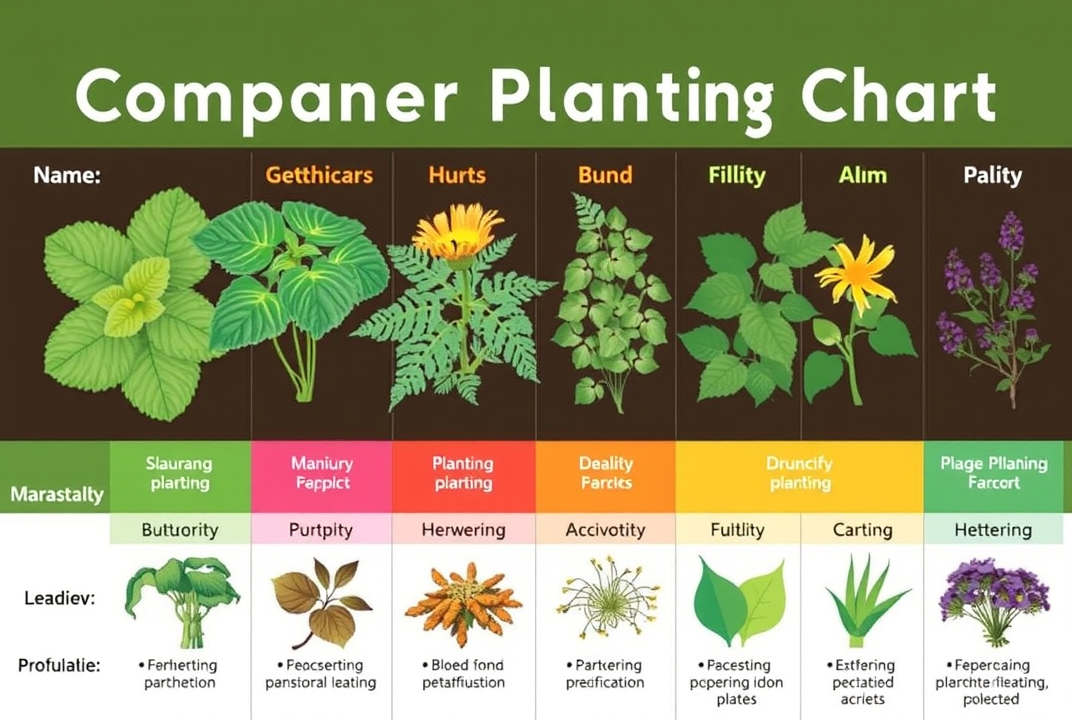
Advanced Gardening Techniques
Embrace advanced techniques to achieve greater efficiency.
Vertical Gardening
Ideal for limited spaces, this technique grows plants upwards using trellises or stacks.
-
Benefits: Conserves space, reduces pest exposure.
Hydroponics
Growing plants without soil increases control over nutrients and pH levels.
-
Advantages: Water-efficient, faster growth cycles.
Mulching
Reduces weed growth and retains soil moisture.
-
Materials: Use straw, wood chips, or grass clippings.
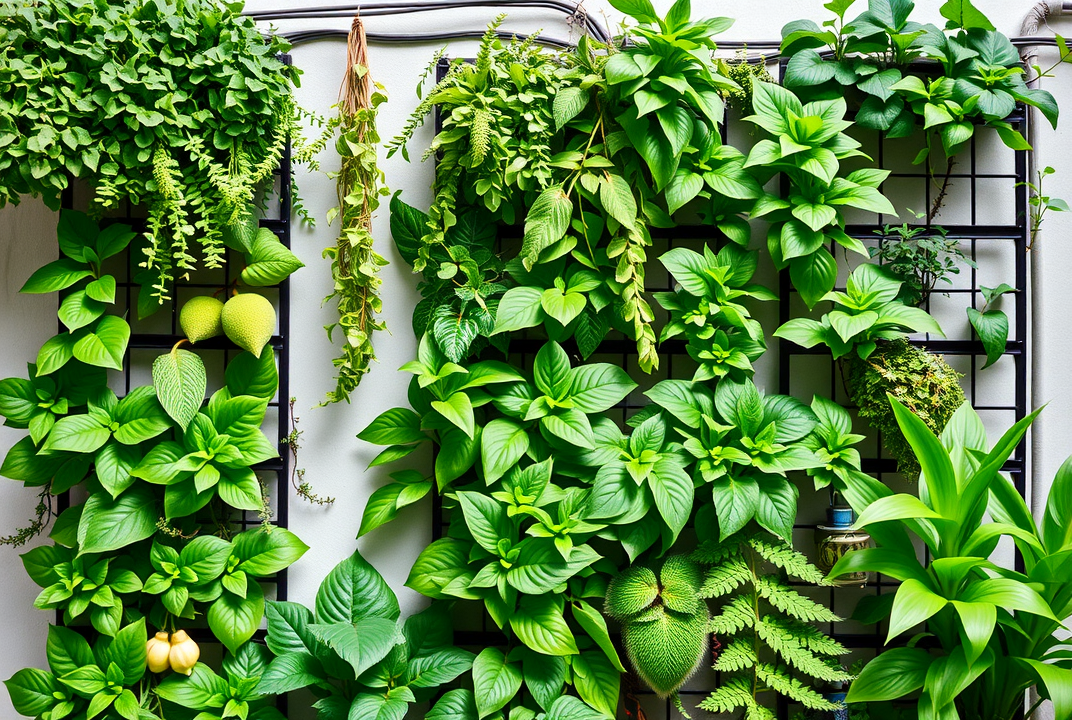
Professional Tip: "Innovative techniques redefine what’s possible in garden efficiency." - Emily Green, Agronomist
Sustainable Practices for Long-term Success
Adopting sustainable methods ensures long-term health and productivity.
Water Conservation
Use drip irrigation systems to target water efficiently.
-
Rainwater Harvesting: Collect and store rainwater for garden use.
Natural Pest Management
Introduce beneficial insects like ladybugs and use organic pesticides to maintain balance.
Conclusion
Designing a kitchen garden for maximum efficiency not only results in abundant harvests but also supports sustainable practices that benefit the environment. By implementing strategic site selection, optimizing soil health, choosing the right plants, and incorporating innovative gardening techniques, you can transform any space into a thriving, efficient garden.
Ready to begin? Start small, test different strategies, and adjust as you learn what works best for your unique environment. Happy gardening!